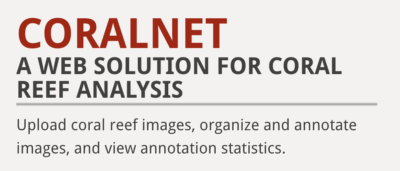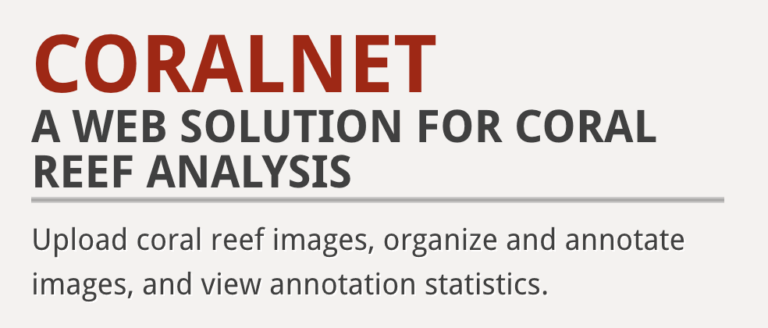Automating Coral Reef Transect Analysis
CoralNet: A Machine Learning Tool for Coral Reef Monitoring
Automating Coral Reef Transect Analysis
CoralNet: A Machine Learning Tool for Coral Reef Monitoring
About the Project
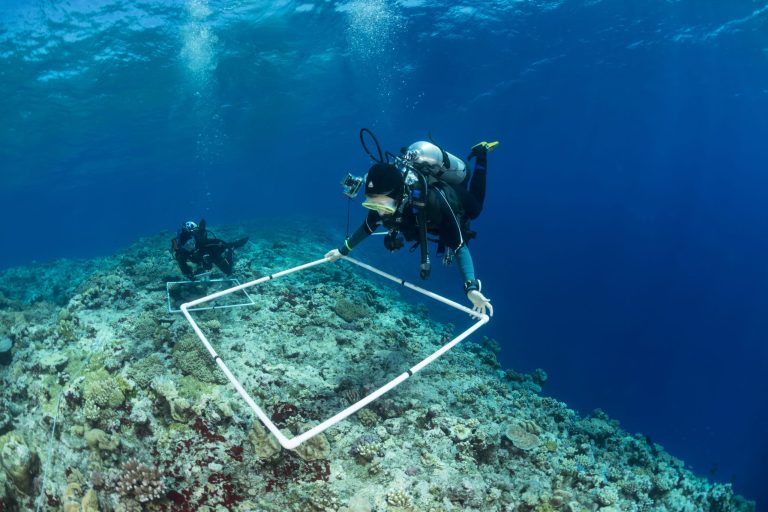
Advancing Coral Reef Science with AI-Powered Image Analysis
Scientists around the world rely on benthic photo transects to assess the health of coral reefs, but analyzing the thousands of images these surveys generate is a slow and labor-intensive process. The Living Oceans Foundation is working to change that. In partnership with the Scripps Institution of Oceanography at the University of California San Diego, we are helping to improve CoralNet—a powerful machine learning tool developed at Scripps to automate the analysis of coral reef transect photos. By strengthening the accuracy of this open-source platform, we aim to make coral reef monitoring faster, more accessible, and more affordable for researchers and communities around the world.

PROJECT GOALS
Improve the Accuracy of Automated Reef Transect Analysis
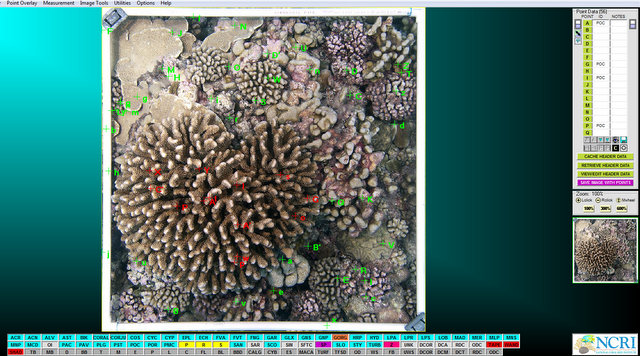
Train CoralNet’s algorithm using expertly annotated coral reef imagery
Accurate data is essential for monitoring the health of coral reefs. We are working with the CoralNet team to enhance the platform’s machine learning algorithm using thousands of expertly annotated images from our research, including the Global Reef Expedition. By training the system on high-quality, real-world data, we aim to improve the precision of automated annotations and ensure CoralNet produces results that meet the standards of scientific reef monitoring.

Make Reef Monitoring Faster and More Affordable
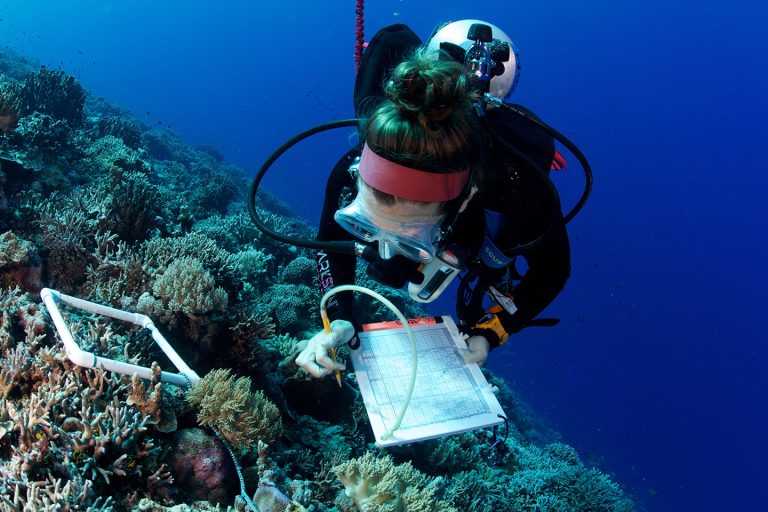
Use AI to streamline coral reef image analysis and reduce costs
Traditional benthic photo transect analysis is slow, expensive, and requires specialized expertise. By advancing CoralNet’s automation capabilities, we are cutting the time and cost of image analysis dramatically. This allows scientists and conservation groups to monitor more reefs, more often—helping to detect changes quickly and respond to threats with greater speed and efficiency.

Empower Communities to Assess the Health of Their Own Reefs
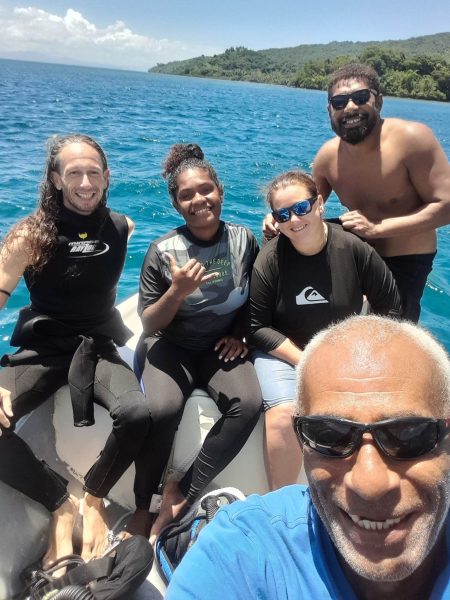
Build accessible tools for local and Indigenous reef stewards
CoralNet has the potential to transform reef monitoring by making it more accessible to communities on the front lines of conservation. With basic equipment and an internet connection, local reef users can capture images, upload them to the cloud, and receive reliable data to guide their marine management efforts. This approach supports community-led conservation and fosters long-term stewardship of coral reef ecosystems.

Strengthen Global Coral Reef Science
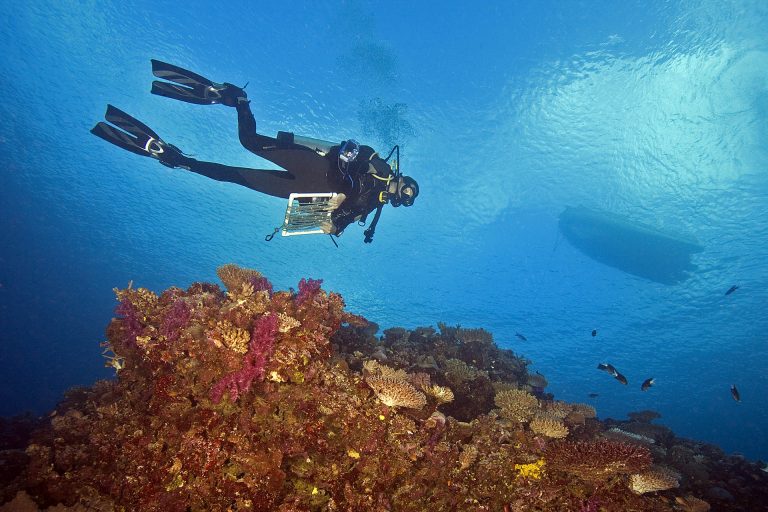
Support collaboration and data sharing through an open-source platform
CoralNet is more than a machine learning tool—it’s a global hub for coral reef researchers. By contributing high-quality data and helping to improve the platform’s performance, we are supporting a shared resource that benefits scientists, conservationists, and decision-makers around the world. This collaborative approach promotes consistency in reef monitoring, increases data accessibility, and strengthens the collective effort to understand and protect coral reefs at scale.

SCIENTIFIC PROGRESS
Harnessing the Power of AI to Assess the Health of Coral Reefs
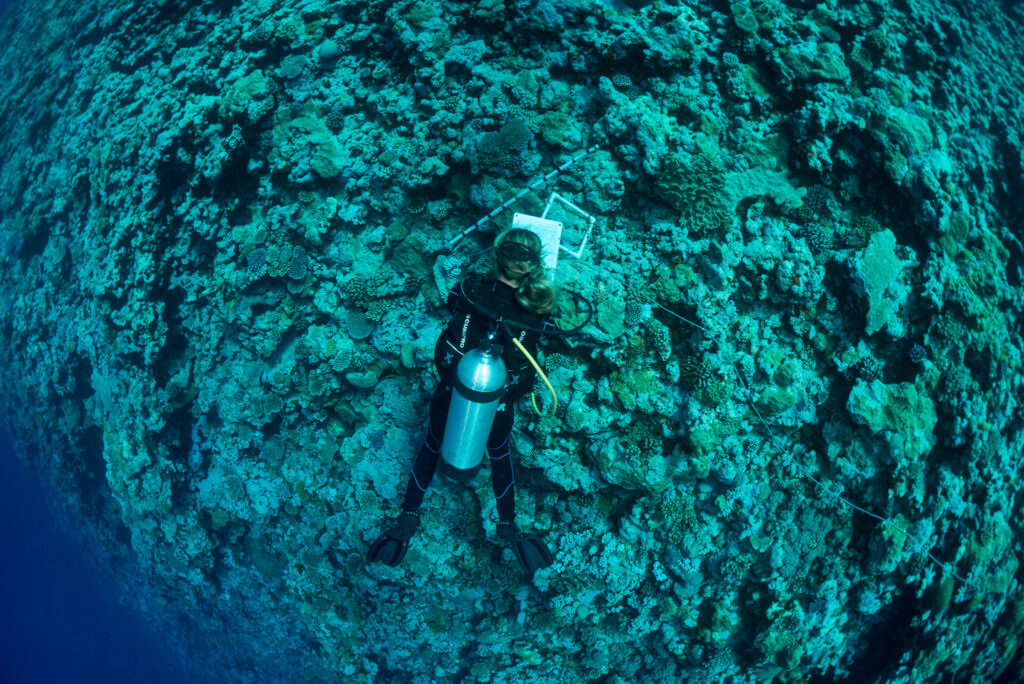
The Foundation is using its extensive archive of benthic transect images—many of them collected during the Global Reef Expedition (GRE)—to improve CoralNet’s ability to accurately identify coral, algae, and other benthic organisms in reef transect photos. This data enables scientists to calculate coral cover, a key indicator of reef health. By training CoralNet’s neural network on expertly annotated images from the GRE and our recent fieldwork in Fiji, we are enhancing the tool’s ability to deliver highly accurate, automated results.
These innovations could be transformative. In early tests, the updated CoralNet platform achieved over 90% accuracy—matching the performance of human experts, but completing the analysis in a fraction of the time. Once fully trained, CoralNet can annotate images more than 1,000 times faster than a person.
By integrating CoralNet with Coral Point Count with Excel extensions (CPCe), a widely used manual annotation tool, we’re also helping researchers transition more easily from traditional methods to automated workflows.
Ultimately, our goal is to create tools that empower local communities—particularly in places like Fiji’s Lau Province and Beqa Lagoon—to monitor and manage their coral reefs. Using CoralNet, community members can collect underwater images using simple cameras, upload them to the cloud, and receive back actionable data for reef conservation and management. This approach reduces costs, saves time, and builds local capacity for coral reef stewardship.

PRIOR WORK
Informing Conservation Planning in Lau Province, Fiji
The first dataset we provided to CoralNet was a collection of images collected during the Khaled bin Sultan Living Oceans Foundation’s 2013 Global Reef Expedition to Lau Province, Fiji, focusing on Totoya and Moala Islands. It includes 1,249 photos from 18 sites, with transects ranging from five to 20 meters in depth and over 47,000 unique annotations. This comprehensive dataset, spanning coral genera, invertebrates, and substrate types, provides a critical baseline for monitoring reef health and informs conservation planning within the Lau Seascape.
During the first phase of the CoralNet project, imagery from the Lau Seascape Initiative, a large-scale conservation effort led by the Fiji Government in partnership with local communities and NGOs, was incorporated to support conservation planning. This initiative uses a ridge-to-reef and social-ecological systems approach to protect biodiversity, strengthen climate resilience, and promote sustainable management of marine and coastal resources across the remote islands of the Lau Province.
As we continue to provide data to help Scripps Institution of Oceanography refine the CoralNet algorithm, our goal is to make it an even more powerful tool for global reef monitoring. Future work will aim to broaden its application across Fiji, adapt it for diverse image types and label sets, and make the system more accessible for communities with limited technical infrastructure.
About the Lau Seascape Initiative
The Lau Seascape Initiative is a collaborative effort between the Fiji Government, Conservation International, and local communities to sustainably manage one of the most remote and pristine island groups in the South Pacific. Spanning more than 335,000 square kilometers of ocean, the seascape encompasses rich coral reefs, seagrass meadows, and mangrove forests that are central to biodiversity, food security, and cultural heritage. By integrating traditional knowledge with modern conservation science, the initiative aims to safeguard marine resources, protect endangered species, and strengthen resilience to climate change for the benefit of future generations.
CURRENT PROJECT
Bringing Automated Reef Analysis to Community Conservation
Now entering its next phase, the CoralNet project is expanding to include imagery from Beqa Lagoon in support of the Beqa Lagoon Initiative—a community-based project led by Pacific Blue Foundation. The initiative uses a social-ecological systems approach to conserve both the biological and cultural diversity of the lagoon while promoting sustainable management of its marine and coastal resources.
As we continue to provide data to help Scripps Institution of Oceanography refine the CoralNet algorithm, we aim to make it an even more powerful tool for global coral reef monitoring efforts. Future work will focus on broadening its use in other regions, improving support for different image types and label sets, and making the system easier to use for communities with limited technical infrastructure.
About the Beqa Lagoon Initiative
The Beqa Lagoon Initiative is a collaborative effort led by the Pacific Blue Foundation to support sustainable community development and conservation across Fiji’s largest enclosed lagoon. Working with ten local villages, the initiative blends traditional knowledge with nature-based solutions to restore coastal ecosystems, protect cultural heritage, and build climate resilience. This unique seascape is home to vibrant coral reefs, mangroves, and seagrass meadows that are vital to both biodiversity and the livelihoods of local communities.
LOCATIONS
Beqa Lagoon
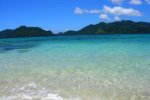
Lau Province
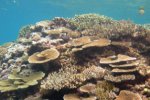
Beqa Lagoon, Fiji
The Foundation is currently working in Beqa Lagoon, Fiji, using CoralNet to support local coral reef conservation efforts. By pairing machine learning with community-based monitoring, this initiative is helping to assess the health of the reef and guide conservation decisions. This effort is a component of our UN Ocean Decade project, Science Without Borders® : Conserving the Tropics.
Working in partnership with the Pacific Blue Foundation and local environmental officers, the project provides training and tools for communities to monitor and manage their marine resources. This supports the protection of qoliqoli (traditional fishing grounds) and tabu areas—locally designated no-take zones that are temporarily closed to fishing to allow fish populations to recover. The program not only advances reef conservation but also strengthens food security and cultural resilience in this Pacific island community.
Lau Province, Fiji
The Foundation first worked with CoralNet using a collection of images we collected on the Global Reef Expedition from the remote islands of Lau Province, Fiji. The goal of this effort was to automate coral reef transect analysis in order to support conservation planning and promote sustainable management of marine and coastal resources as part of the Lau Seascape Initiative. Thanks in part to this initiative, Fiji has pledged to set aside 30% of the waters of Lau Province for conservation.
Beqa Lagoon

Lau Province

Partners
CoralNet
CoralNet is a free, open-source platform that uses machine learning to identify corals, algae, and other benthic organisms in reef images. Developed by researchers at Scripps Institution of Oceanography, it streamlines benthic transect analysis and serves as a collaborative data hub for reef scientists worldwide. Learn more at CoralNet.
Scripps Institution of Oceanography
Scripps Institution of Oceanography at the University of California San Diego (UCSD) is one of the world’s leading centers for marine science, earth science, and climate research. Founded in 1903, Scripps advances understanding of the planet through cutting-edge research, education, and public outreach. Its scientists conduct fieldwork and monitoring across the globe to study the ocean, atmosphere, and Earth systems. As part of the University of California San Diego, Scripps also trains the next generation of environmental scientists and works to translate research into solutions for a sustainable future. Learn more at Scripps Institution of Oceanography.
Pacific Blue Foundation
Pacific Blue Foundation (PBF) is a non-profit organization based in Fiji dedicated to preserving the biological and cultural diversity of coastal communities. Since 2004, PBF has worked to advance marine conservation through scientific research, education, and the promotion of sustainable practices. By collaborating with local communities, policymakers, and researchers, PBF supports the protection and restoration of critical marine ecosystems, including coral reefs, mangrove forests, and seagrass meadows. Learn more at Pacific Blue Foundation.
Latest Updates
Support Our Work
Coral Reef Health & Resiliency
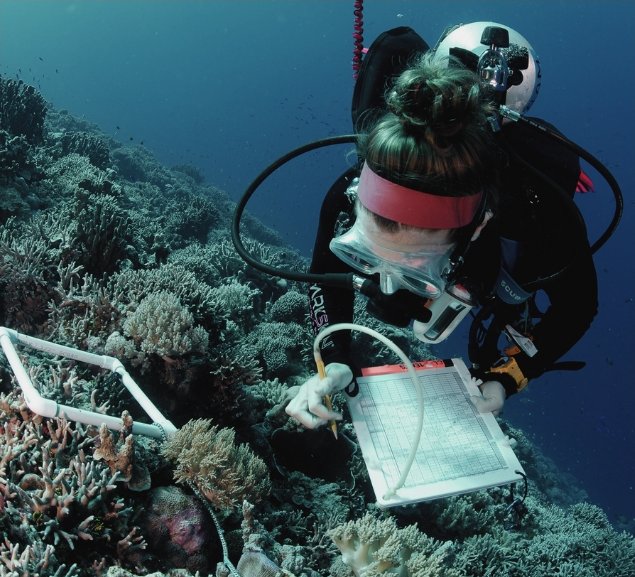
Support the Living Ocean Foundation’s work to assess the state of coral reefs and identify which reefs are most likely to survive in a rapidly changing world.
Our research on coral reef health and resiliency can identify priority sites for conservation and help organizations focus their limited resources where they can make the biggest impact.
These research efforts overwhelmingly target places where people rely on healthy reefs for food and income.


